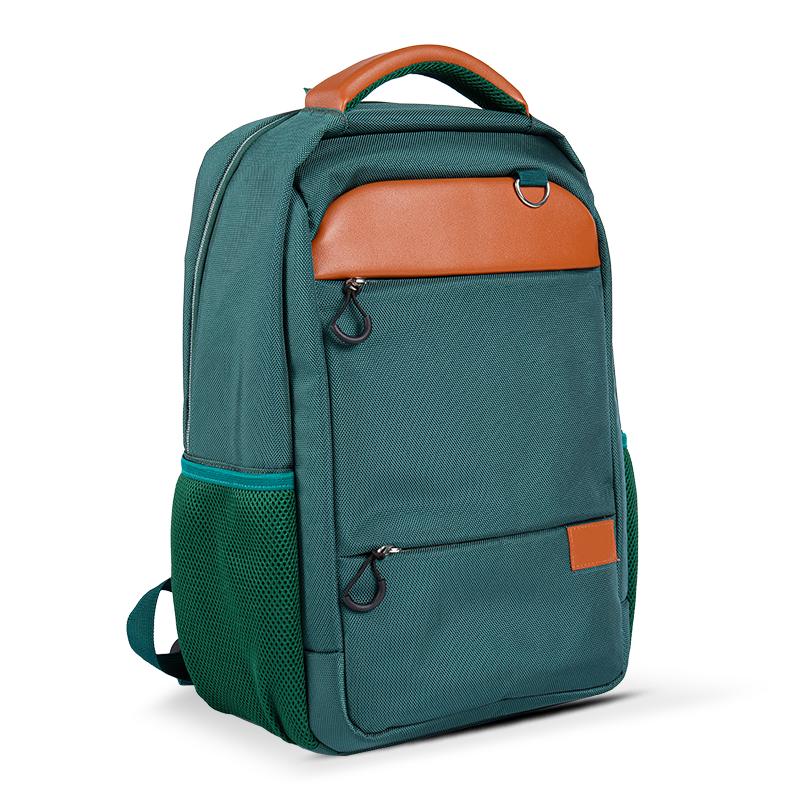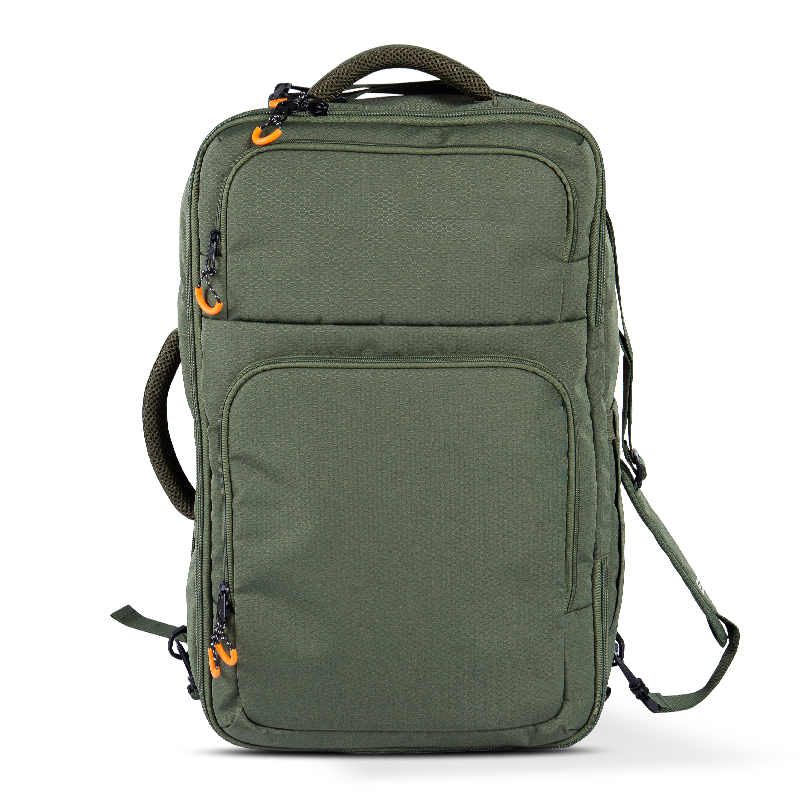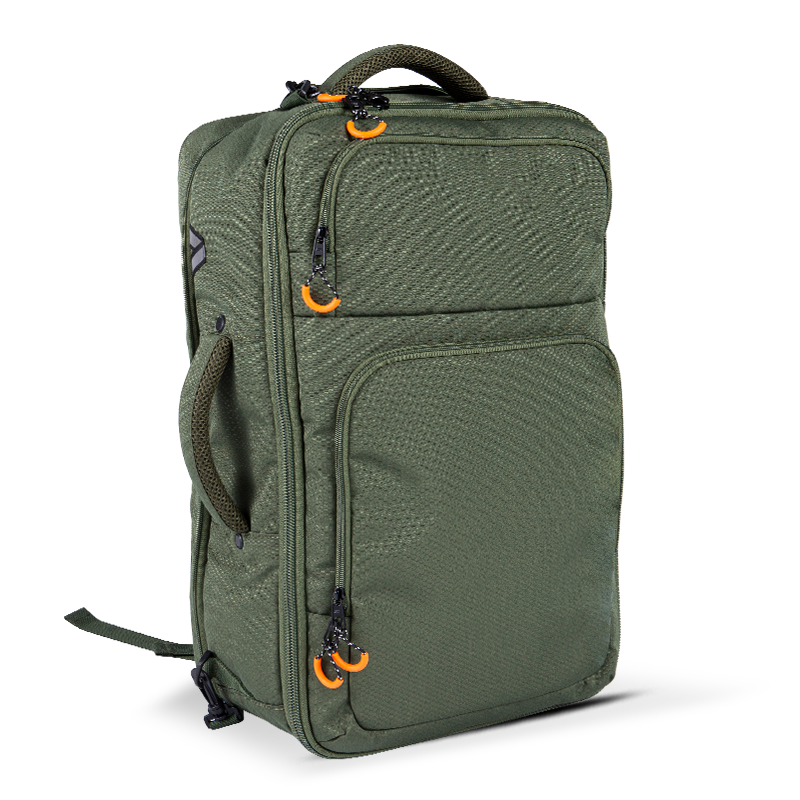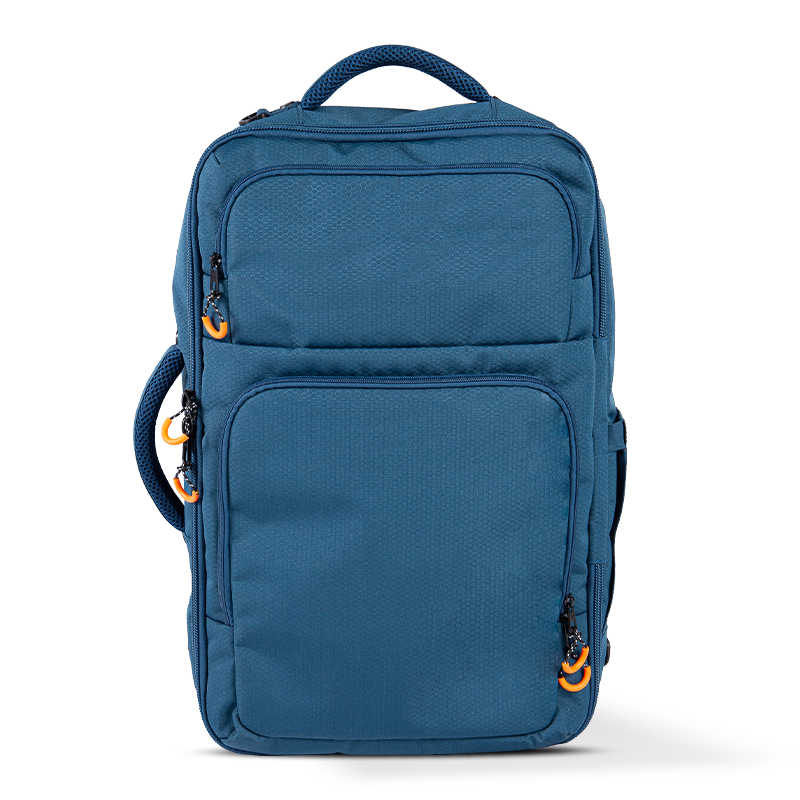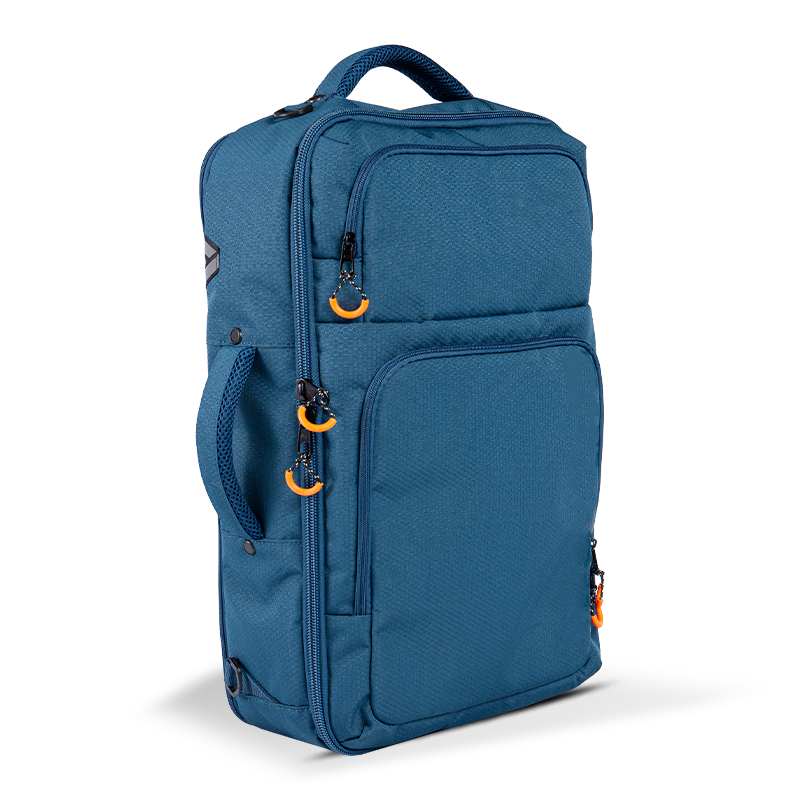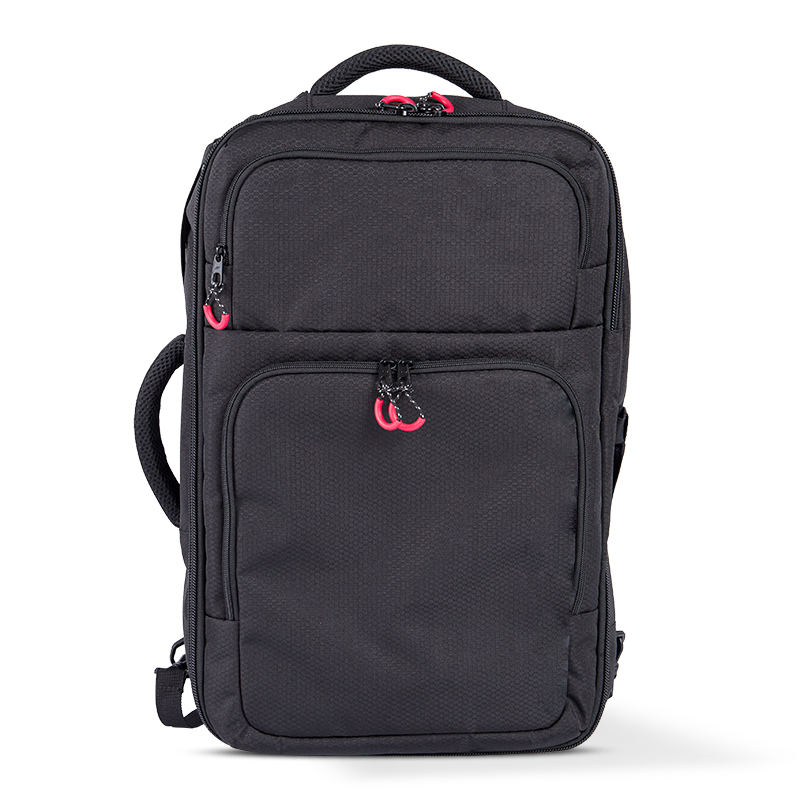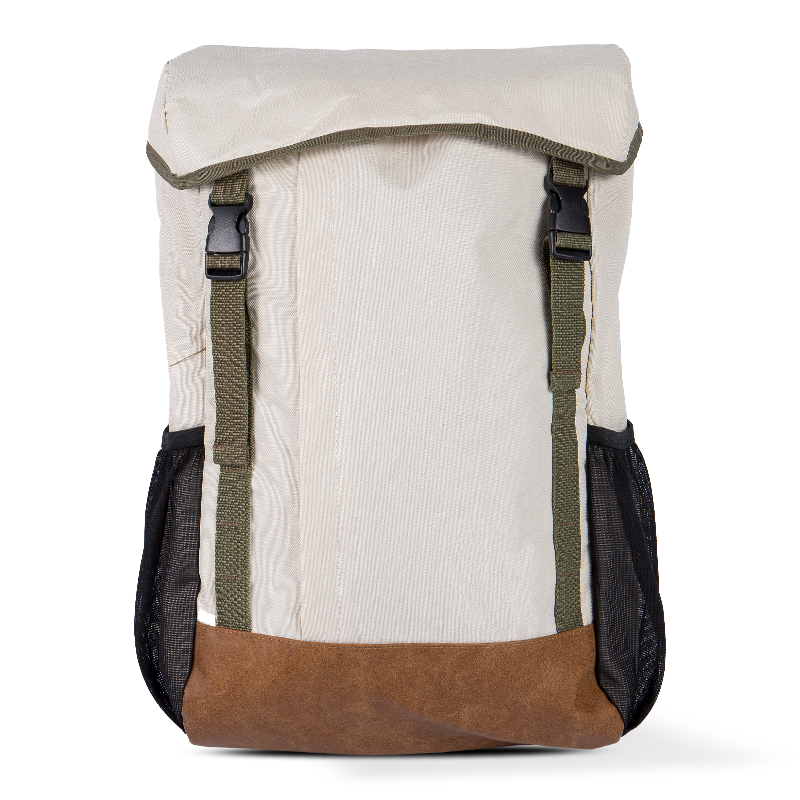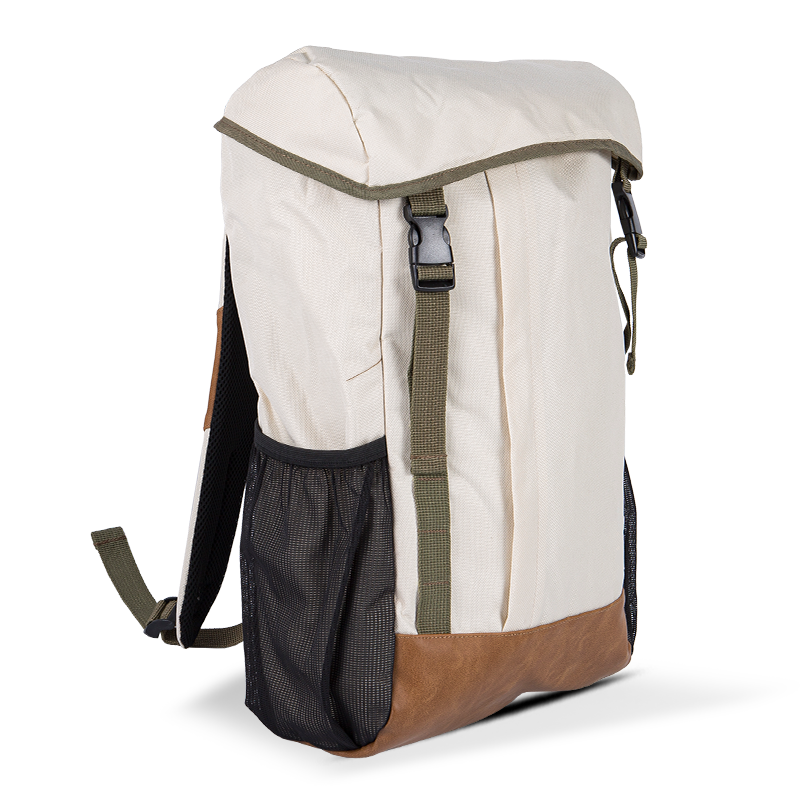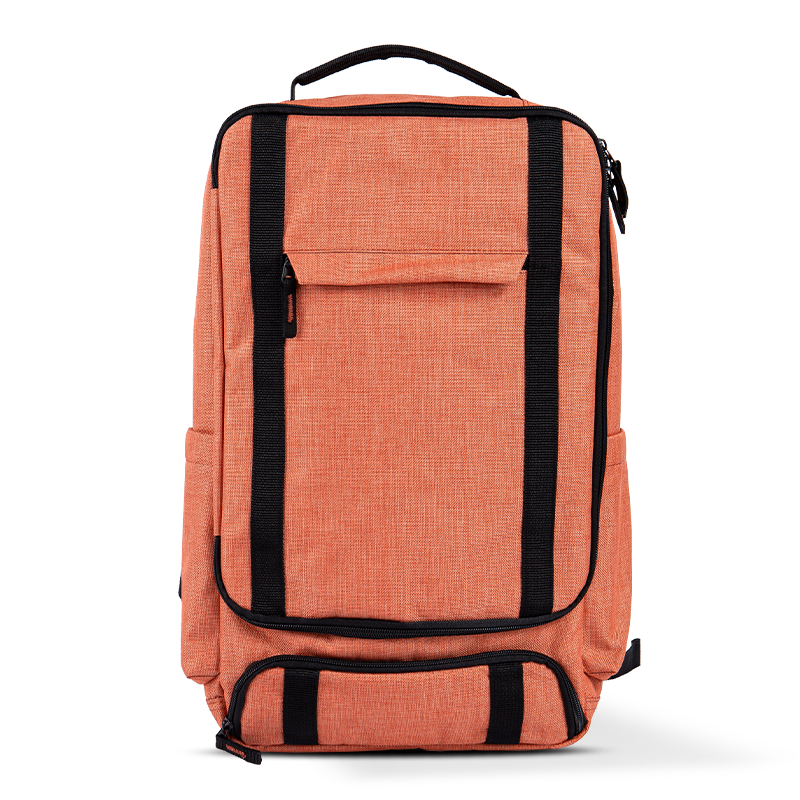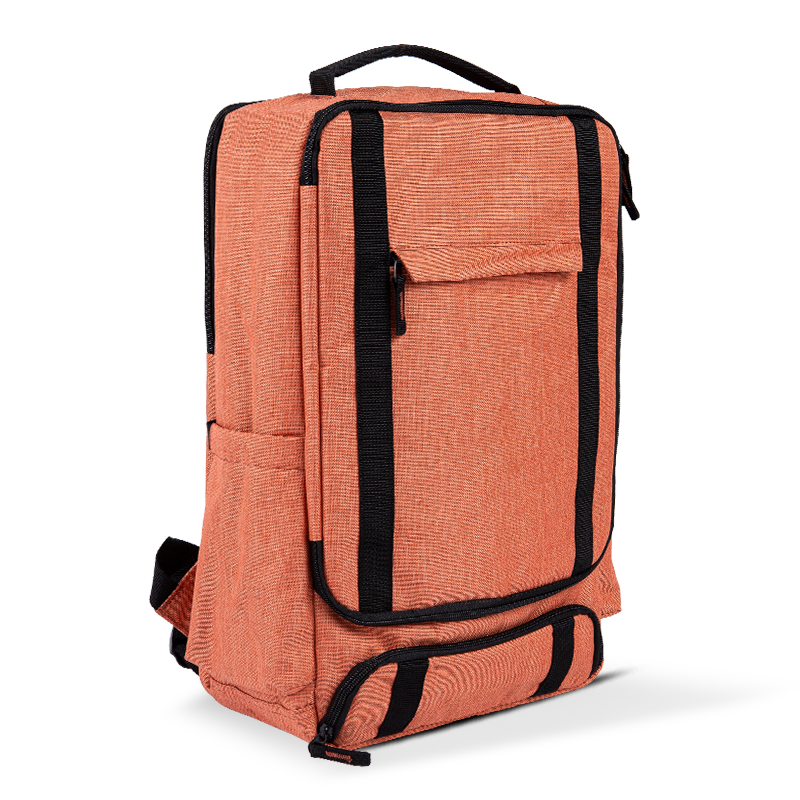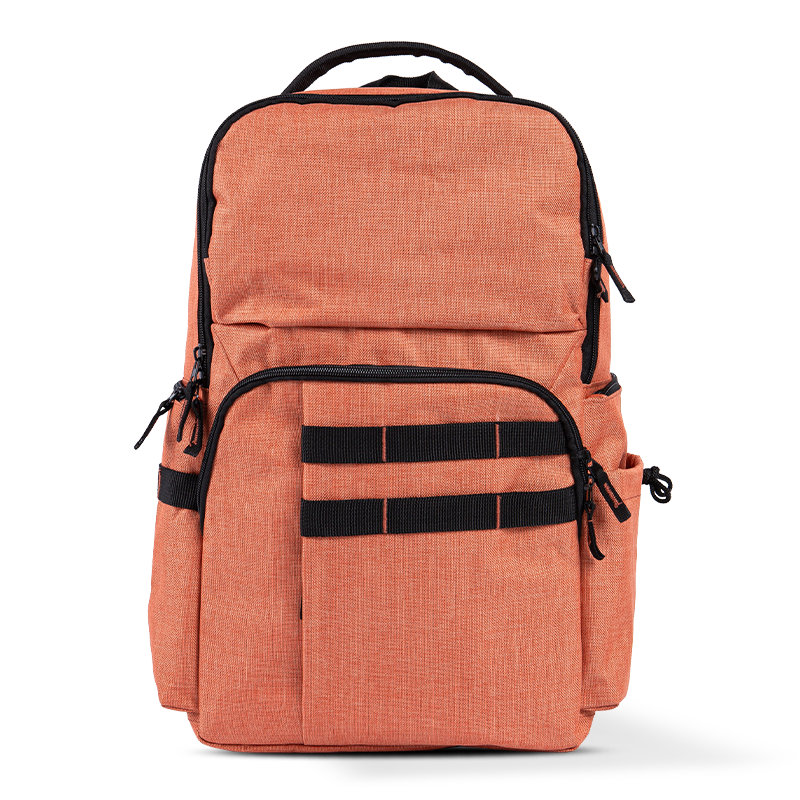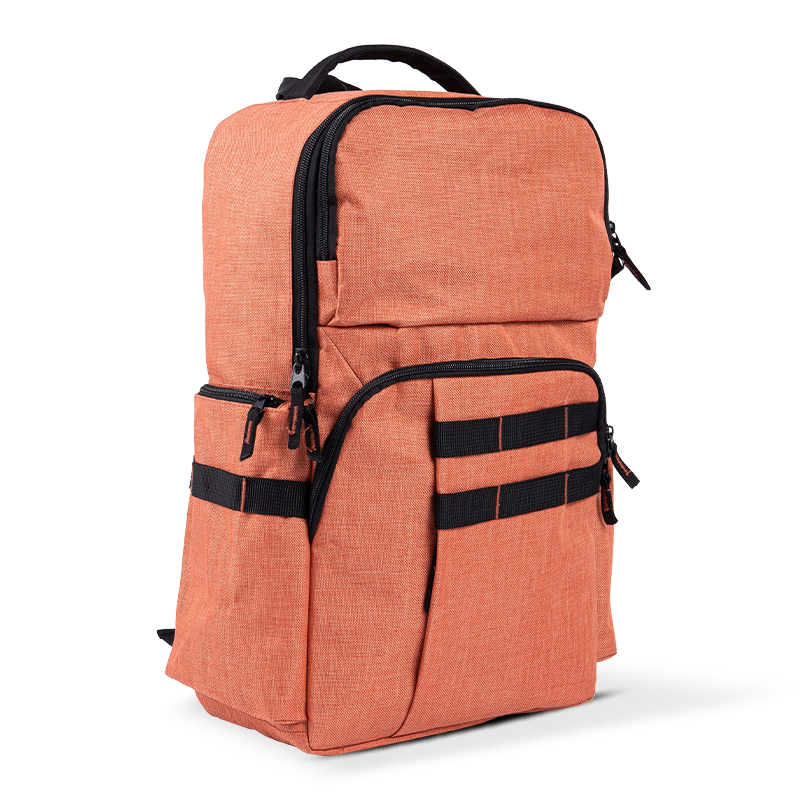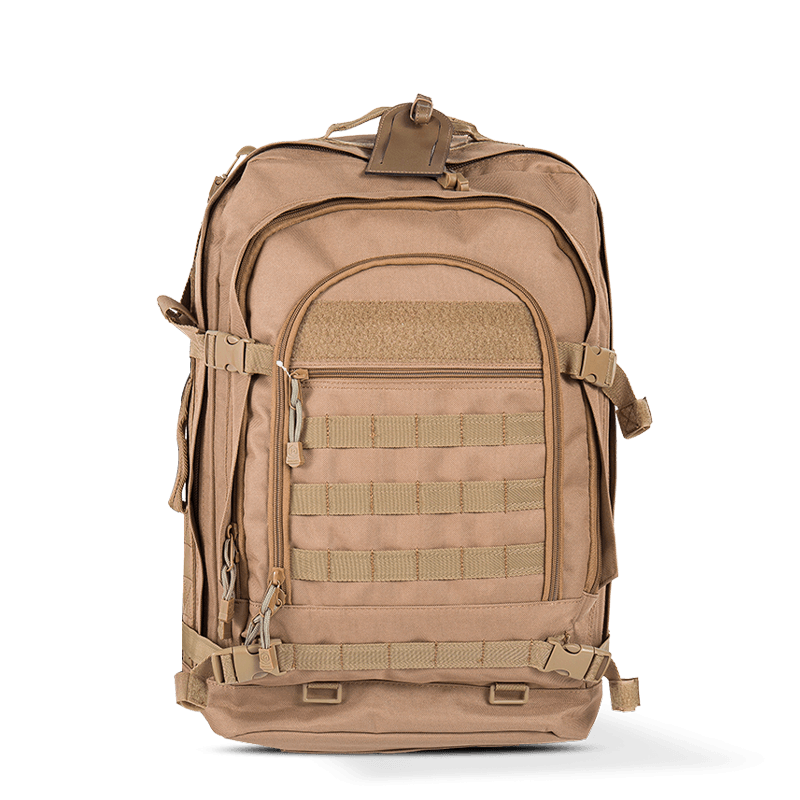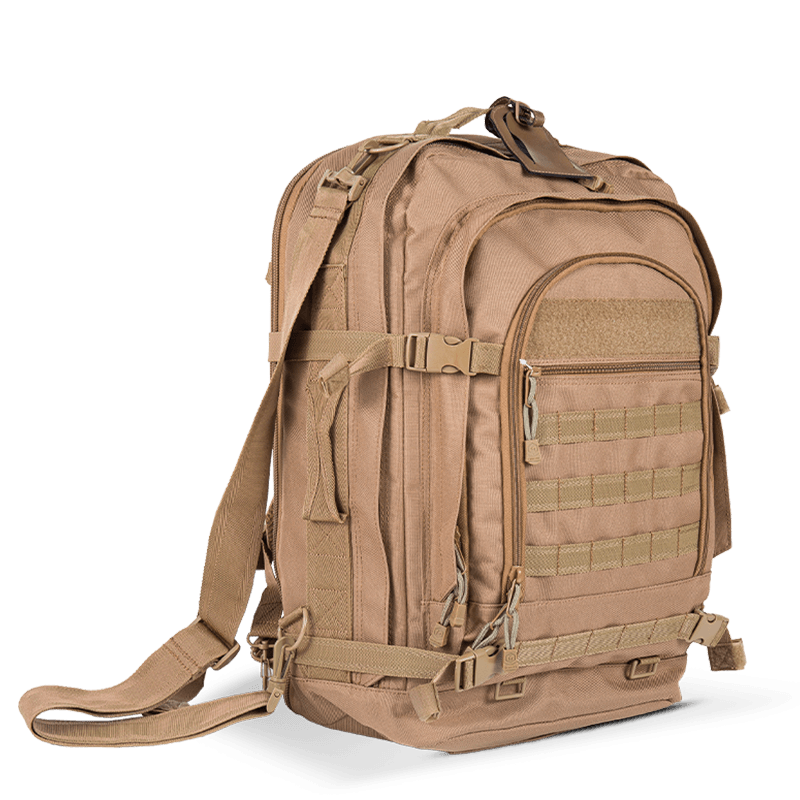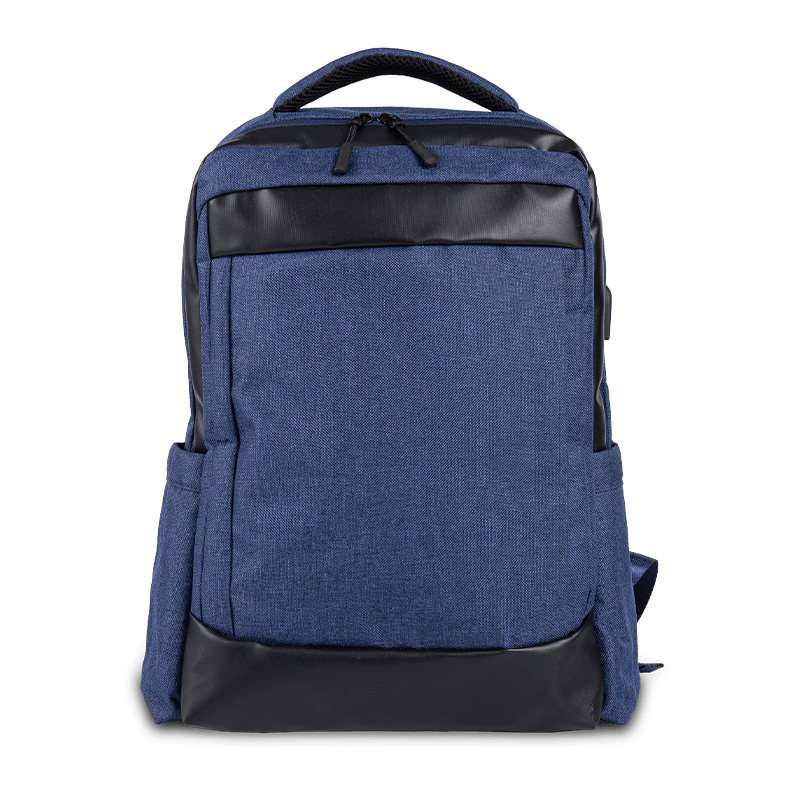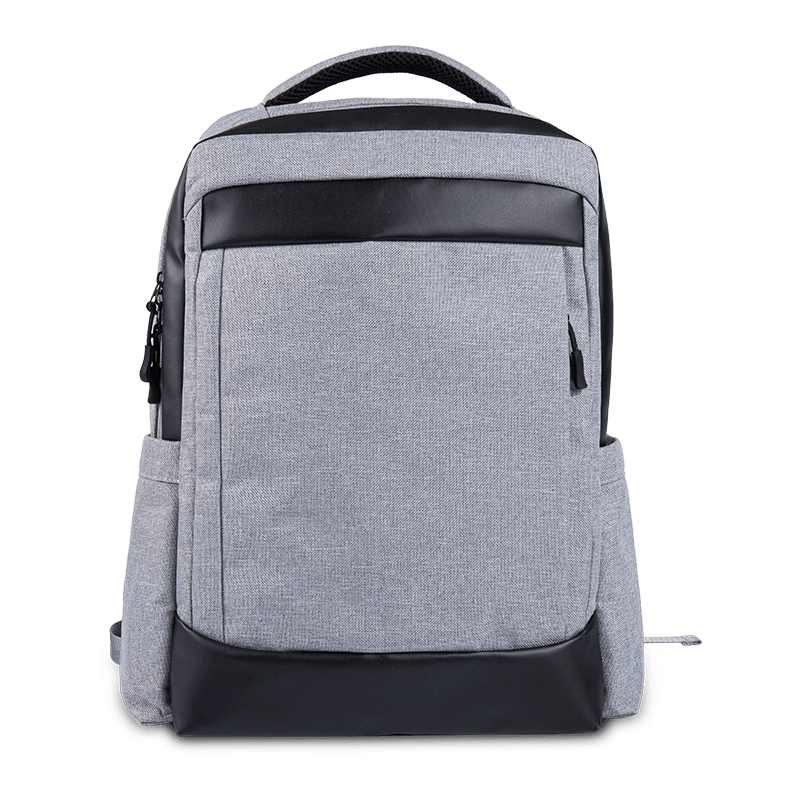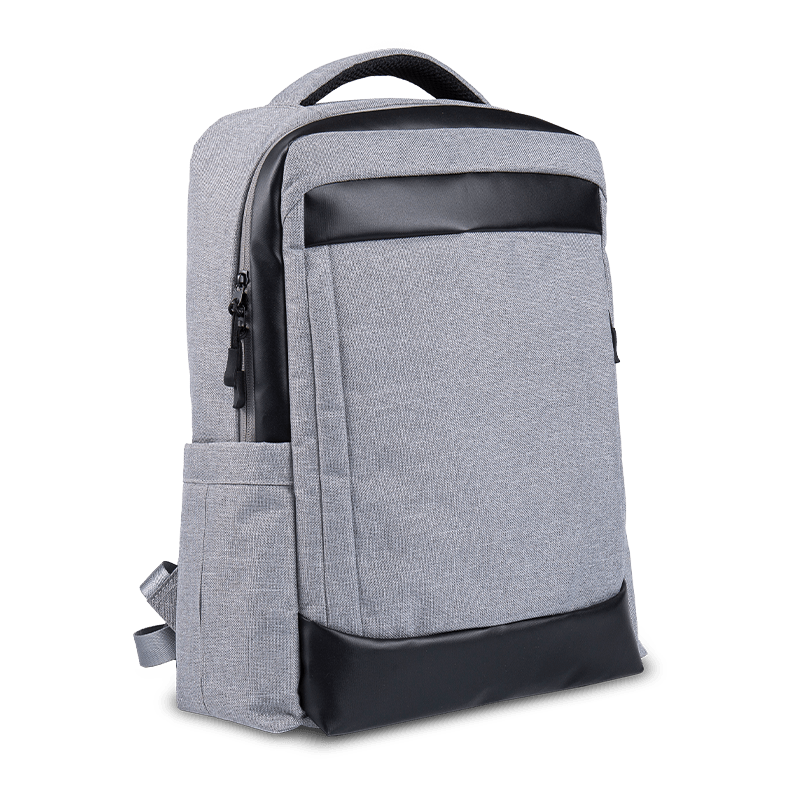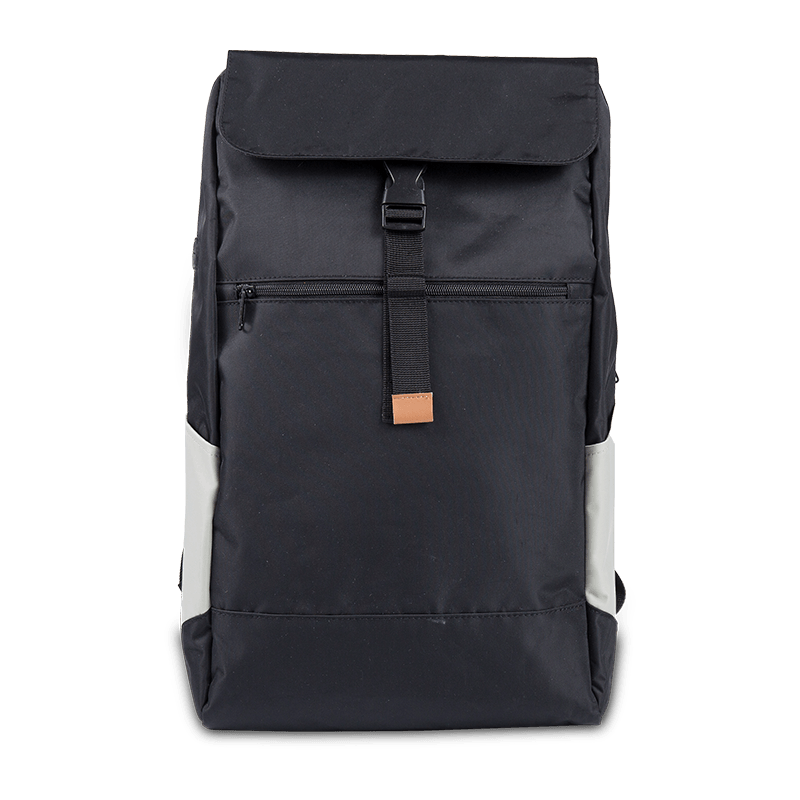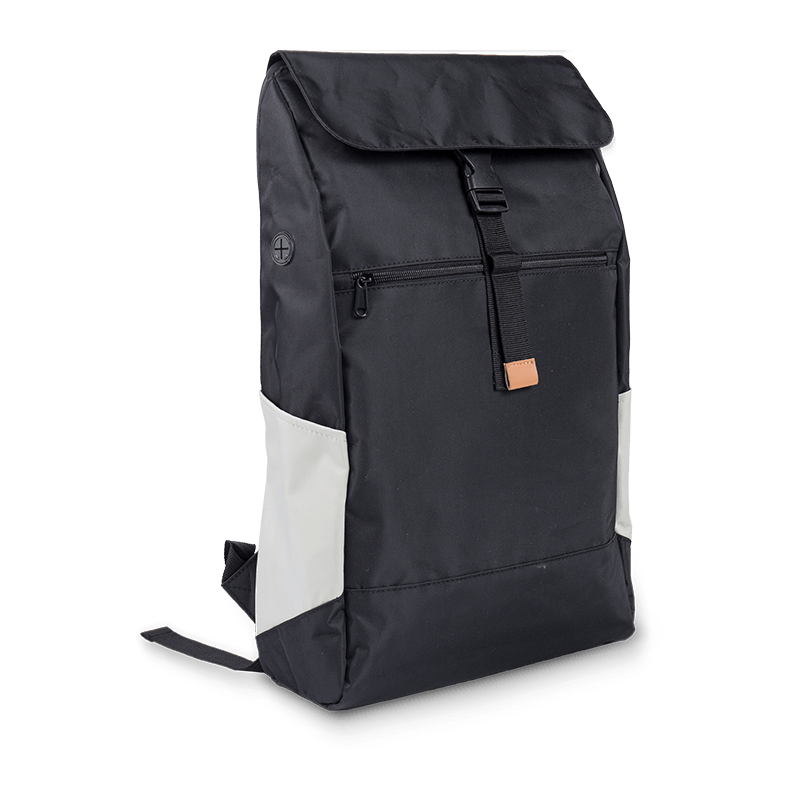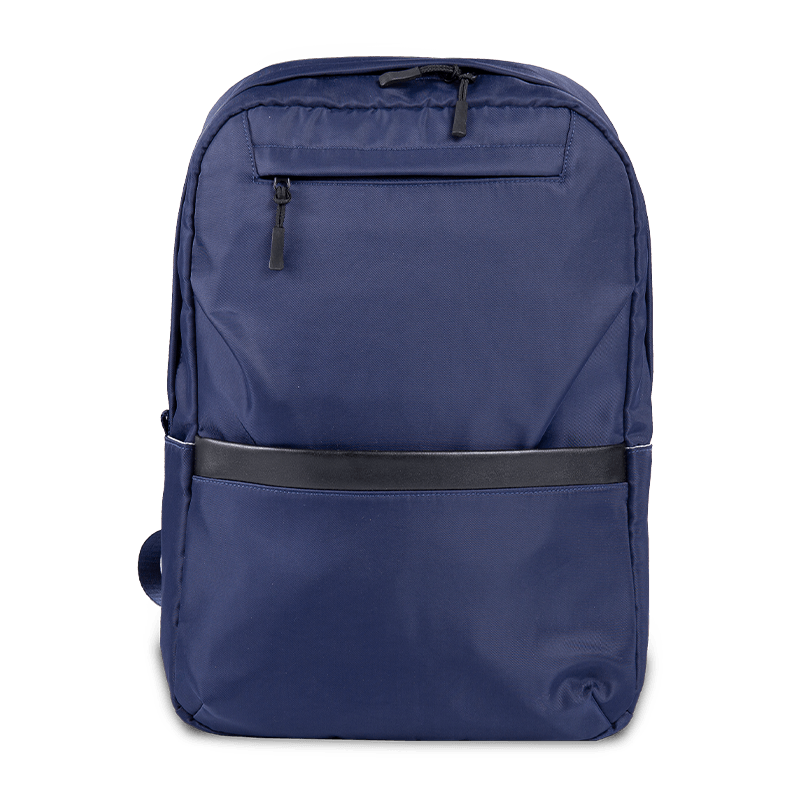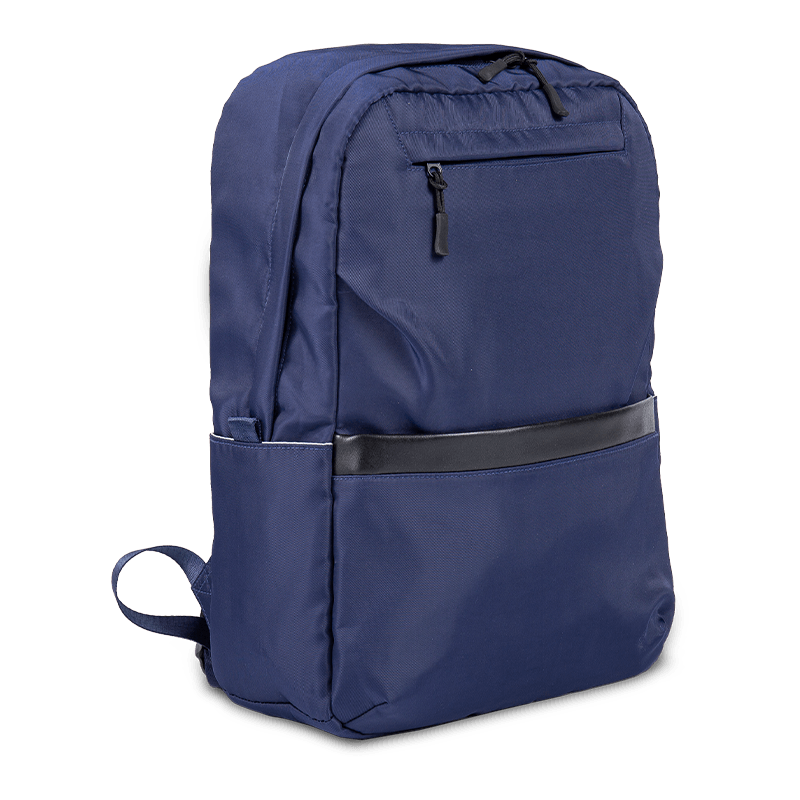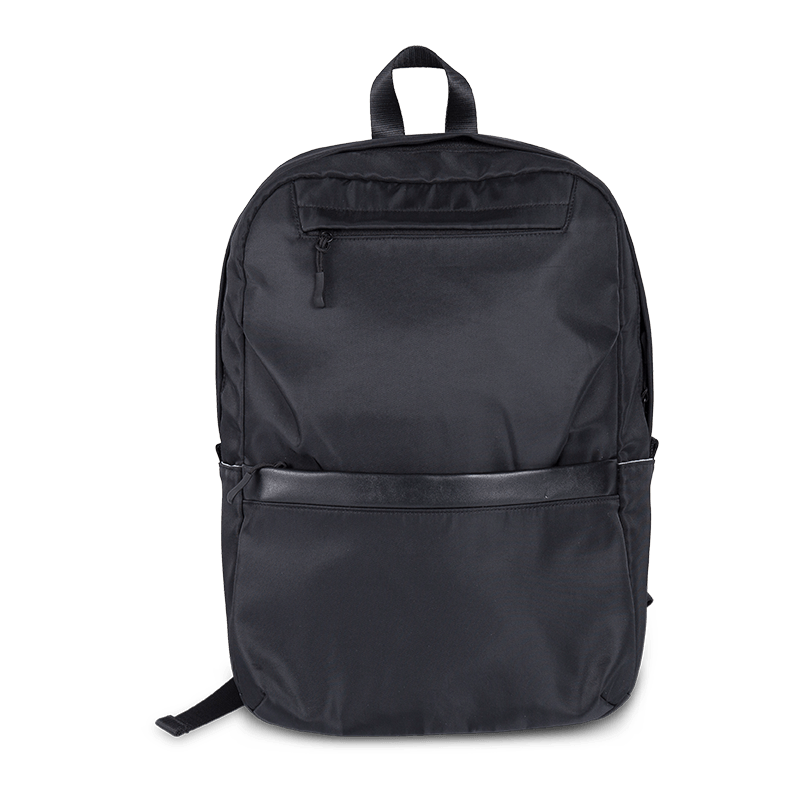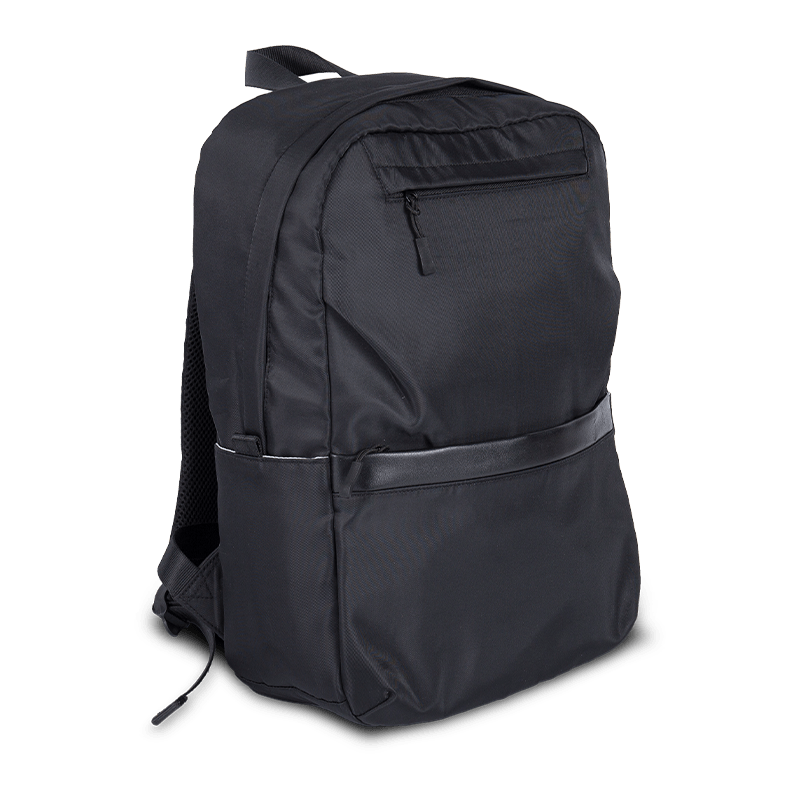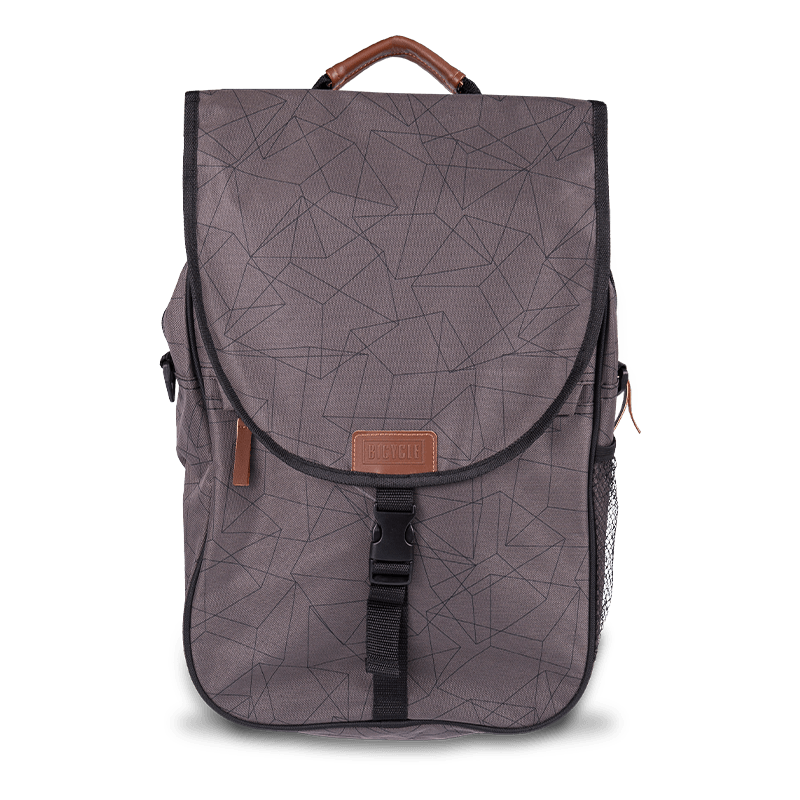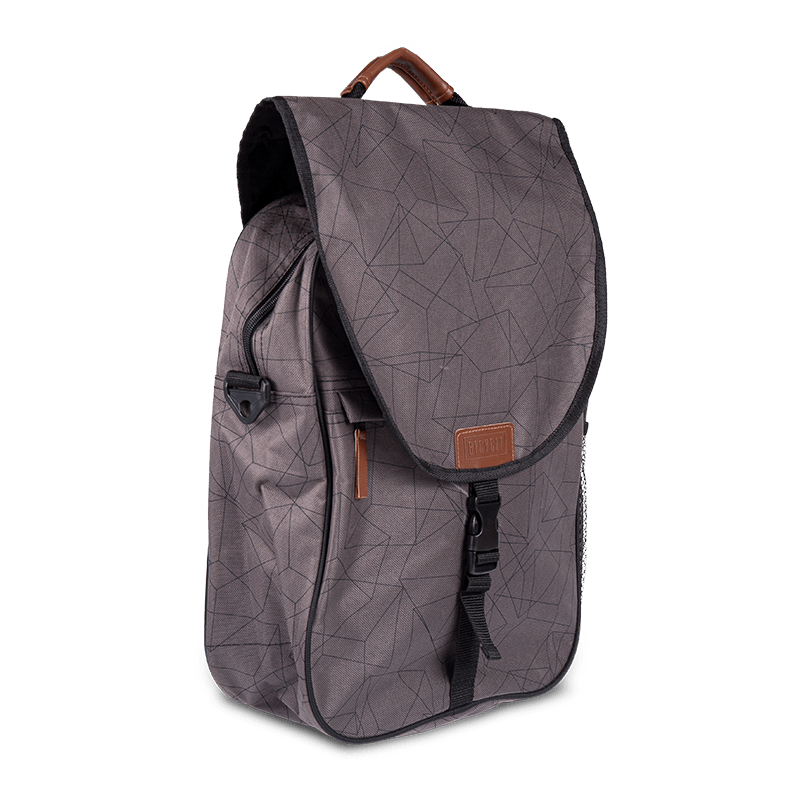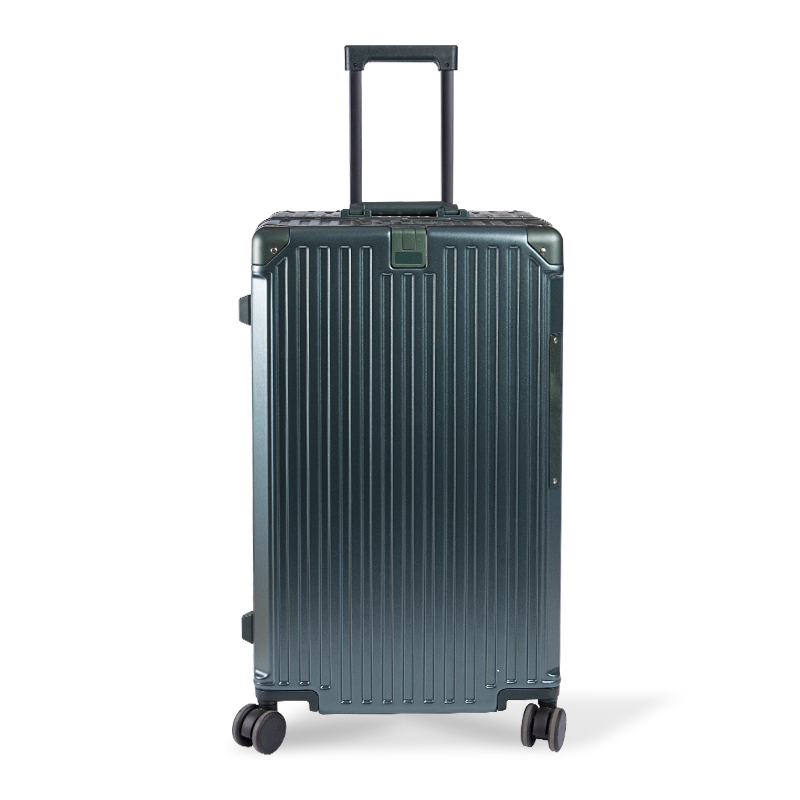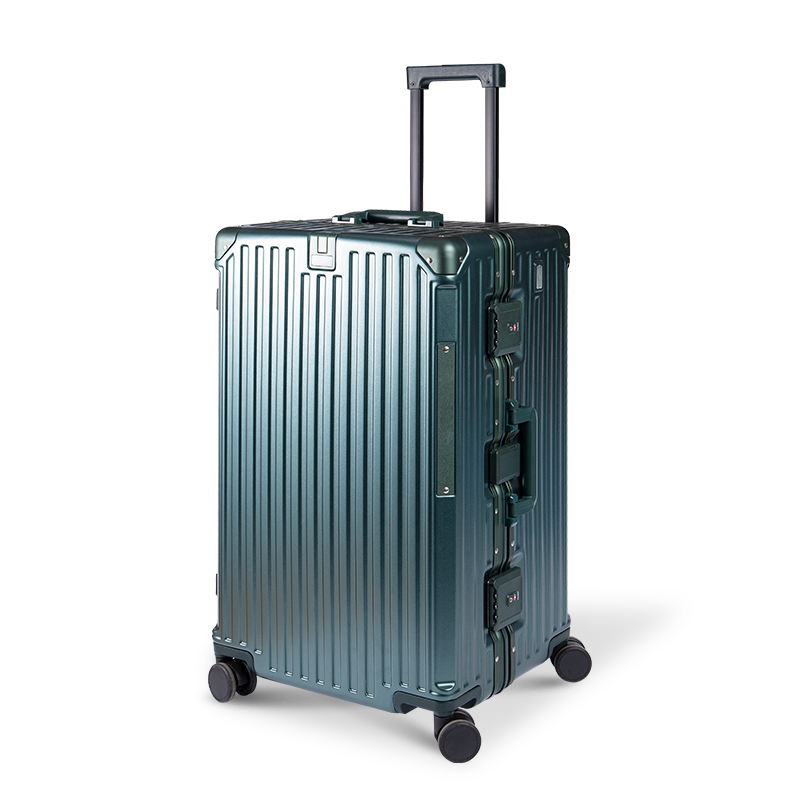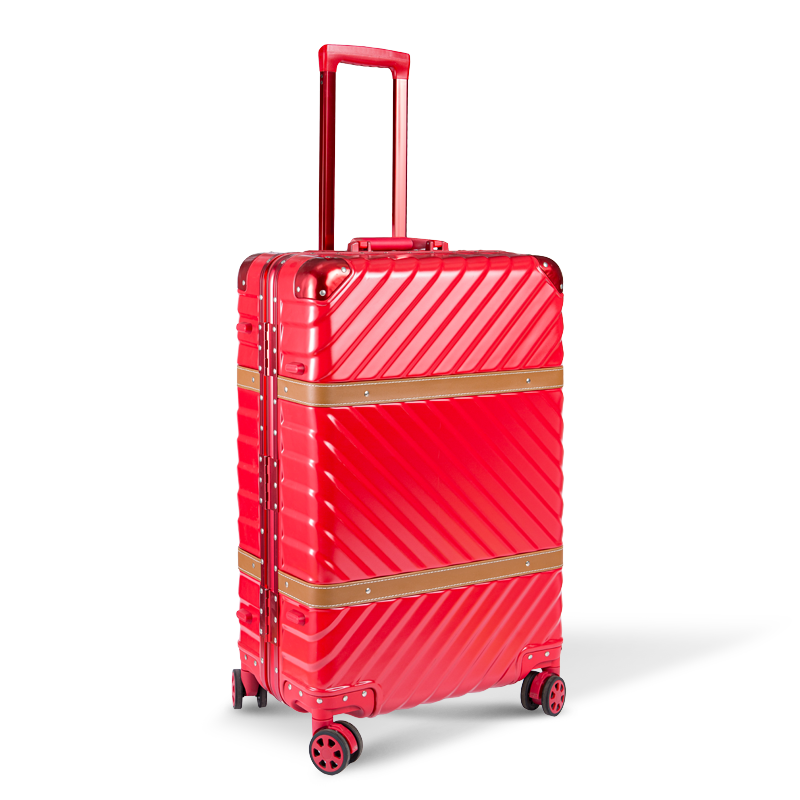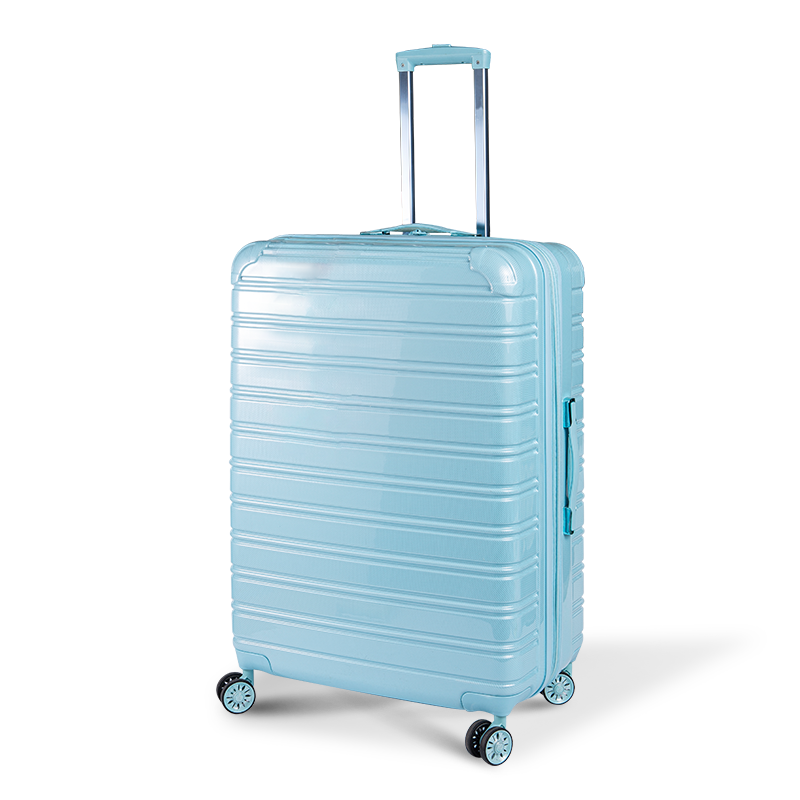Travel backpacks are thoughtfully designed to address the physical challenges that come with carrying belongings over long periods, which is common during travel. Carrying a heavy load improperly can quickly lead to discomfort, muscle strain, and fatigue, diminishing the travel experience. To combat this, manufacturers focus on ergonomic principles that optimize comfort, improve posture, and efficiently distribute weight across the body. This approach helps travelers maintain energy levels and avoid pain or injury during their journeys.
At the core of ergonomic support in travel backpacks are the shoulder straps. These straps are typically heavily padded with foam or gel materials that provide cushioning to reduce pressure on the shoulder muscles and nerves. Unlike basic straps, ergonomic shoulder straps are also adjustable both in length and sometimes width or contour. This adjustability allows travelers to tailor the backpack’s fit precisely to their body shape and size, ensuring that the load sits snugly and securely. A well-fitted strap reduces the tendency of the backpack to shift or bounce, which can otherwise cause repetitive strain or imbalance.
Complementing the shoulder straps are the hip belts and sternum (chest) straps, which play a critical role in redistributing the weight of the backpack. The human hips and pelvis are structurally more capable of bearing heavy loads compared to the shoulders alone. The padded hip belt wraps around the pelvis and transfers much of the pack’s weight downwards. This not only alleviates pressure on the shoulders but also stabilizes the pack closer to the body’s center of gravity. The result is improved balance and a reduction in the muscle effort required to support the pack. The chest strap further stabilizes the shoulder straps by preventing them from sliding outward, helping to keep the load steady and improving posture by encouraging an upright position.
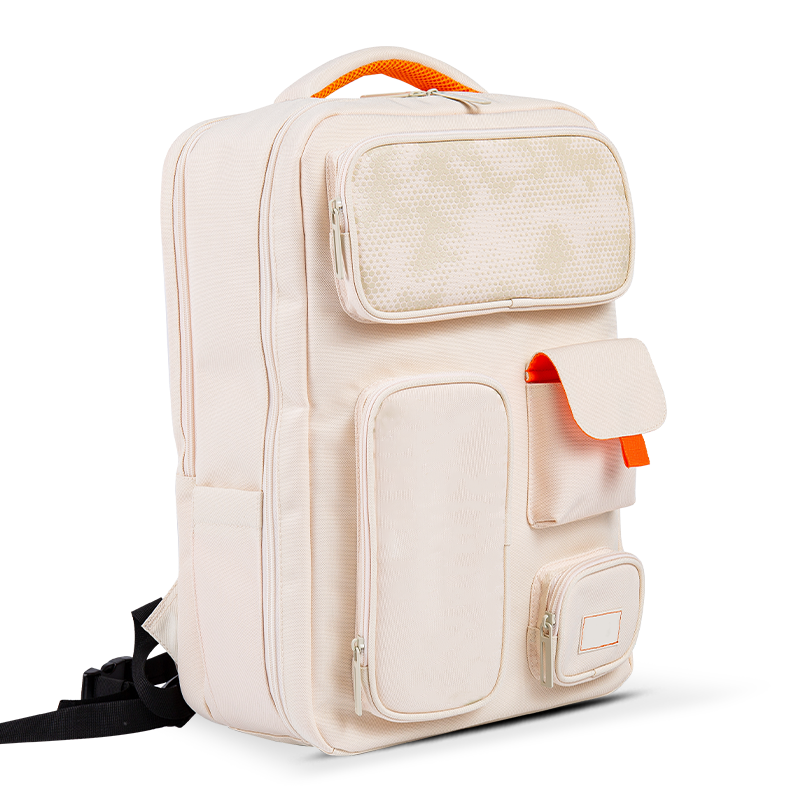
The back panel design of travel backpacks is equally important in enhancing ergonomic support. Most high-quality travel backpacks feature padded back panels made from breathable mesh or foam materials that cushion the back and allow airflow. This ventilation system helps keep the wearer’s back cool and dry, reducing discomfort caused by heat and sweat buildup, which can increase fatigue over time. Furthermore, many backpacks incorporate anatomically contoured back panels that mimic the natural curvature of the spine. This design supports the lumbar region and reduces the risk of developing back pain, promoting healthy posture and lessening strain on back muscles. Some backpacks also include built-in frame structures or stays that maintain the pack’s shape and assist with weight distribution, reducing load pressure on any one part of the back.
In addition to structural design, the choice of materials significantly impacts ergonomic comfort. Modern travel backpacks use advanced, lightweight yet durable fabrics like ripstop nylon or polyester, along with high-quality zippers and hardware, to keep the overall weight of the pack low without compromising strength. A lighter backpack means the wearer expends less energy just carrying the bag itself, which is especially important during long walks, hikes, or airport transfers. Reducing the weight of the backpack’s construction reduces muscle fatigue and prevents the early onset of exhaustion.
The internal organization of the backpack also supports ergonomic principles by enabling effective weight management. Multiple compartments, padded laptop sleeves, and compression straps help users pack heavier items closer to their back and near the pack’s core, maintaining a stable center of gravity. By preventing items from shifting inside the backpack, these features reduce unwanted movement that can throw off balance and cause unnecessary strain on muscles. Organized storage also allows for easier access to essentials, which minimizes awkward twisting or bending while on the move.
Additionally, some travel backpacks incorporate load lifter straps and suspension systems that fine-tune how the pack’s weight sits relative to the wearer’s body. Load lifter straps, located near the top of the shoulder straps, pull the pack closer to the upper back to reduce forward pulling and maintain proper alignment. Advanced suspension systems use adjustable frames or tensioned materials to spread the load evenly across the back and hips, improving comfort on uneven terrain or during extended wear.

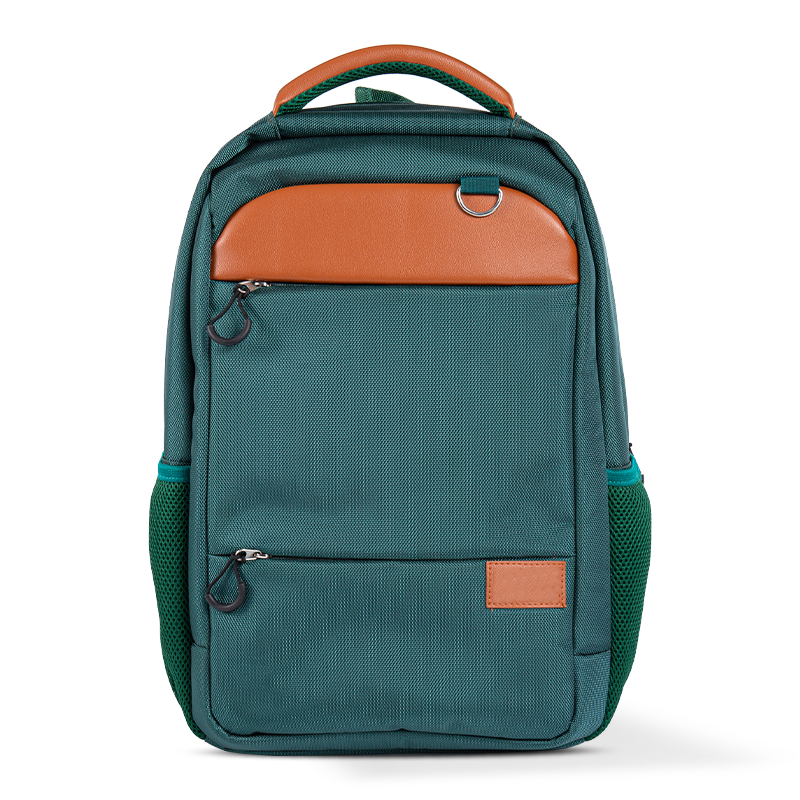

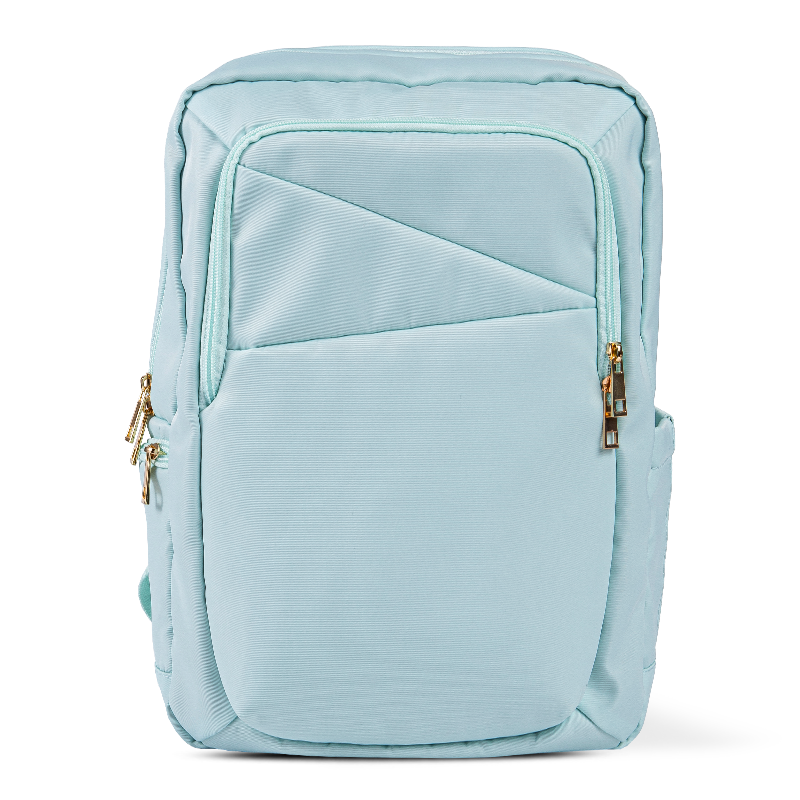
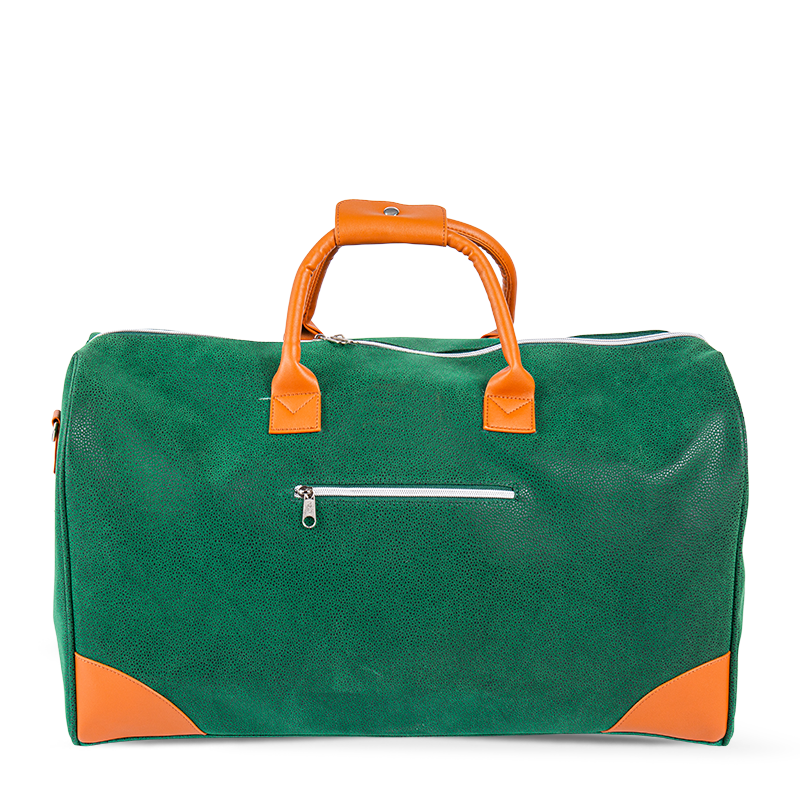
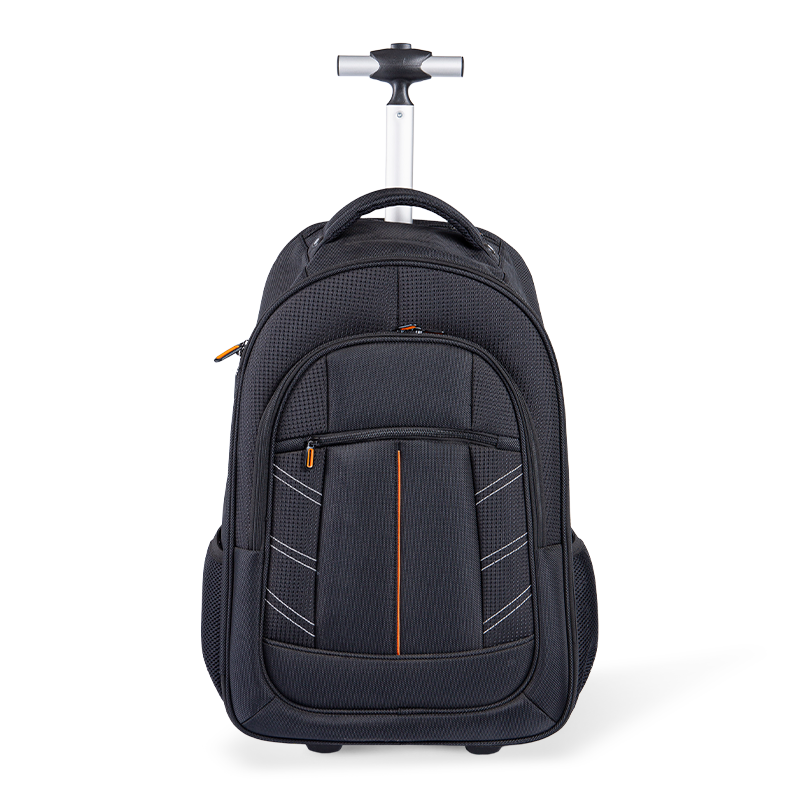
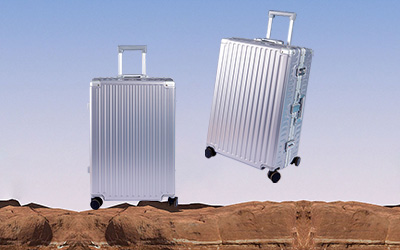
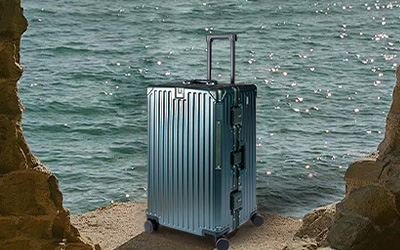
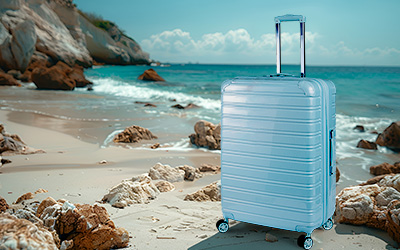

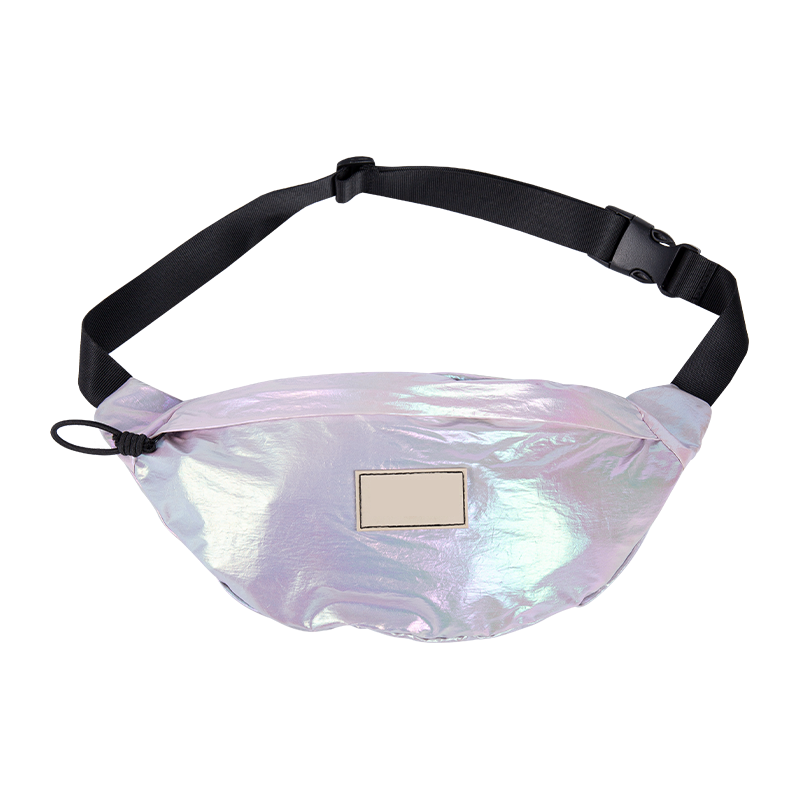
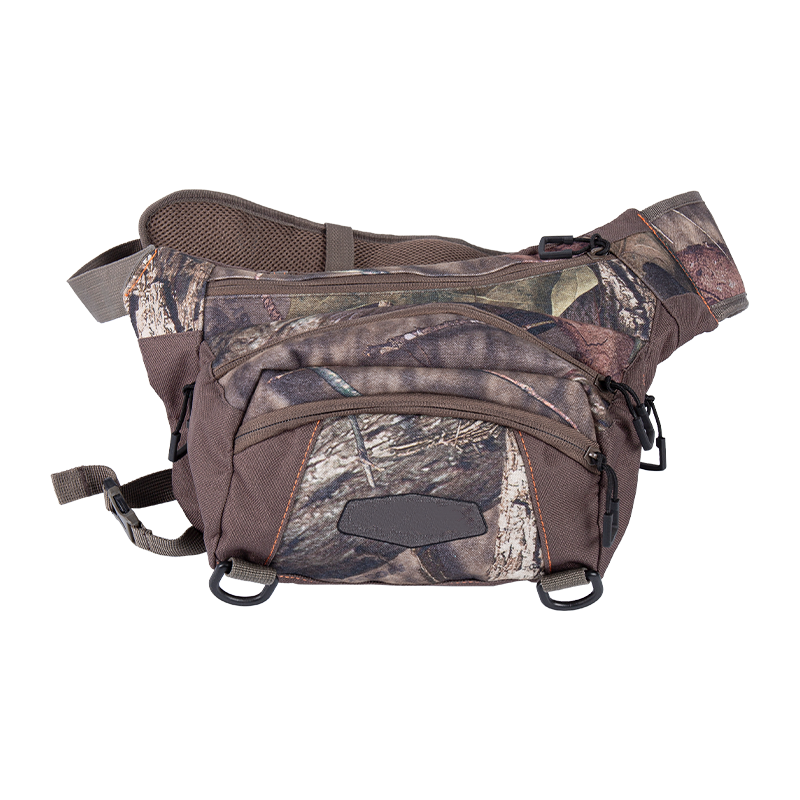



 English
English Español
Español عربى
عربى